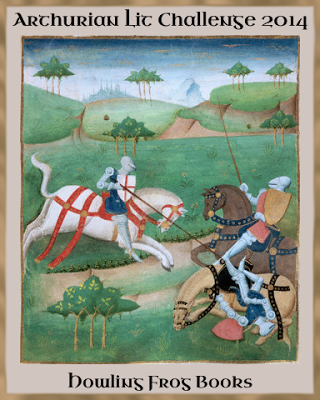Part One – The Edge of History
In this part we are introduced to the Sumerian king list and the start of their civilization, in essence, how and why kingship was formed. The various floods stories are covered and how cities grew and formed after this event. Kings slowly earned the right to rule because of blood ties instead of based on their power and ability. We learn about the two kingdoms of Egypt and the unification of the two by Narmer (and possibly earlier by The Scorpion King). In India, around the Indus valley, villages grew into towns. The first king we know about is wise King Manu, however there are also warnings that the civilization would go into a strong decline. Around the Yellow and Yangtze Rivers in China, rice was planted, houses grew into villages, establishing four main cultures in the area. A number of kings invented helpful implements. There is also evidence that rule here was not dependent on bloodlines, as kingship could pass to peasants or by-pass direct lineage.
 |
| Egyptian Pharaoh source Wikipedia |
I am so enamoured of Susan Wise Bauer’s style of writing. Her prose perhaps lacks an academic finish yet it is so readable and she always inserts grains of interest that set certain historical events in the reader’s memory. Her thoughtful reasoning and dry wit also shine through with comments such as:
” …… historians too often tried to position themselves as scientists: searching for cold hard facts and dismissing any historical material which seemed to depart from the realities of Newton’s universe …….. But for the historian who concerns herself with the why and how of human behaviour, potsherds and the foundations of houses are of limited use. They give us no window into the soul. Epic tales, on the other hand, display the fears and hopes of the people who tell them —– and these are central to any explanation of their behaviour. Myth …….. is the “smoke of history.” You may have to fan at it a good deal before you get a glimpse of the flame beneath; but when you see smoke, it is wisest not to pretend that it isn’t there.”
“…… In any case, we should remember that all histories of ancient times involve a great deal of speculation. Speculation anchored by physical evidence isn’t somehow, more reliable than speculation anchored by the stories that people choose to preserve and tell to their children. Every historian sorts through evidence, discards what seems irrelevant, and arranges the rest into a pattern. The evidence provided by ancient tales is no less important than the evidence left behind by merchants on a trade route. Both need to be collected, sifted, evaluated, and put to use. To concentrate on physical evidence to the exclusion of myth and story is to put all of our faith in the explanations for human behaviour in that which can be touched, smelled, seen, and weighed: it shows a mechanical view of human nature, and a blind faith in the methods of science to explain the mysteries of human behaviour.”
” …… I have chosen to use the traditional designations BC and AD for dates. I understand why many historians choose to use BCE and CE in an attempt to avoid seeing history from a Judeo-Christian point of view, but using BCE while still reckoning from Christ’s birth seems, to me, fairly pointless.”
So far, an excellent approach and a good overall execution! I am certainly taking notes!
 |
| Source Wikipedia |



















